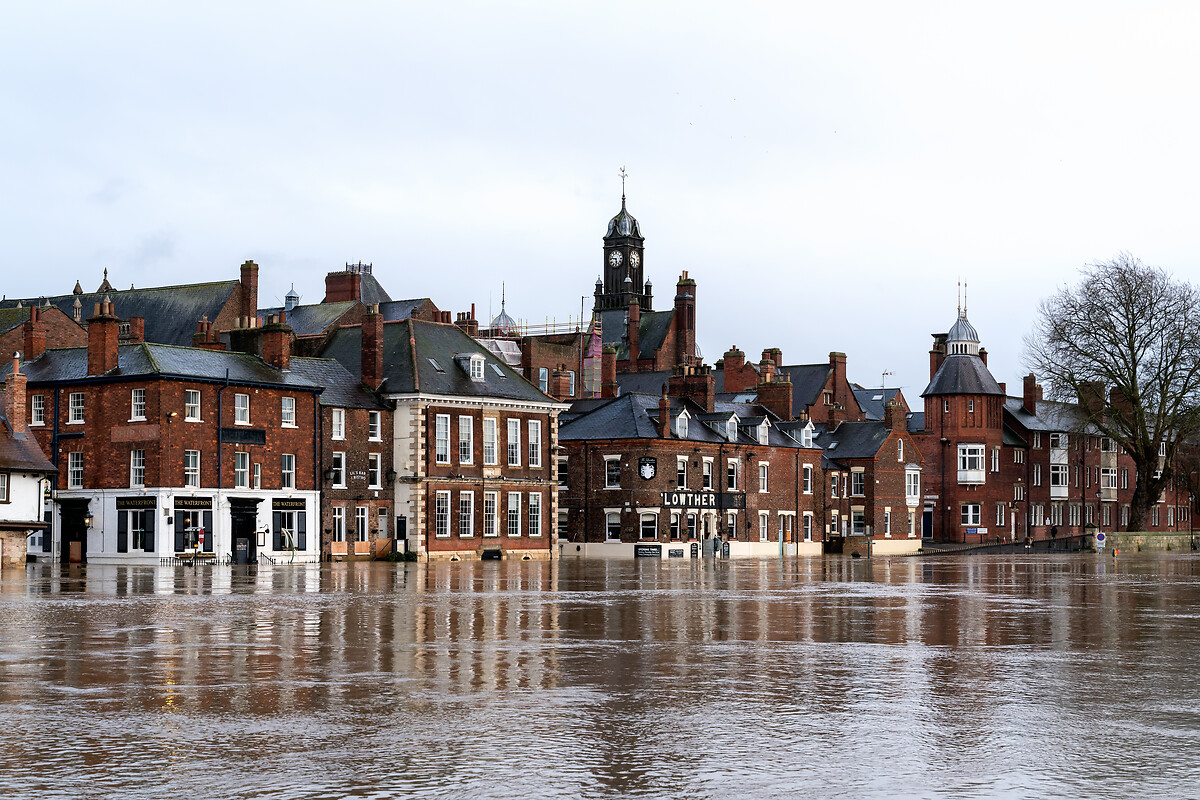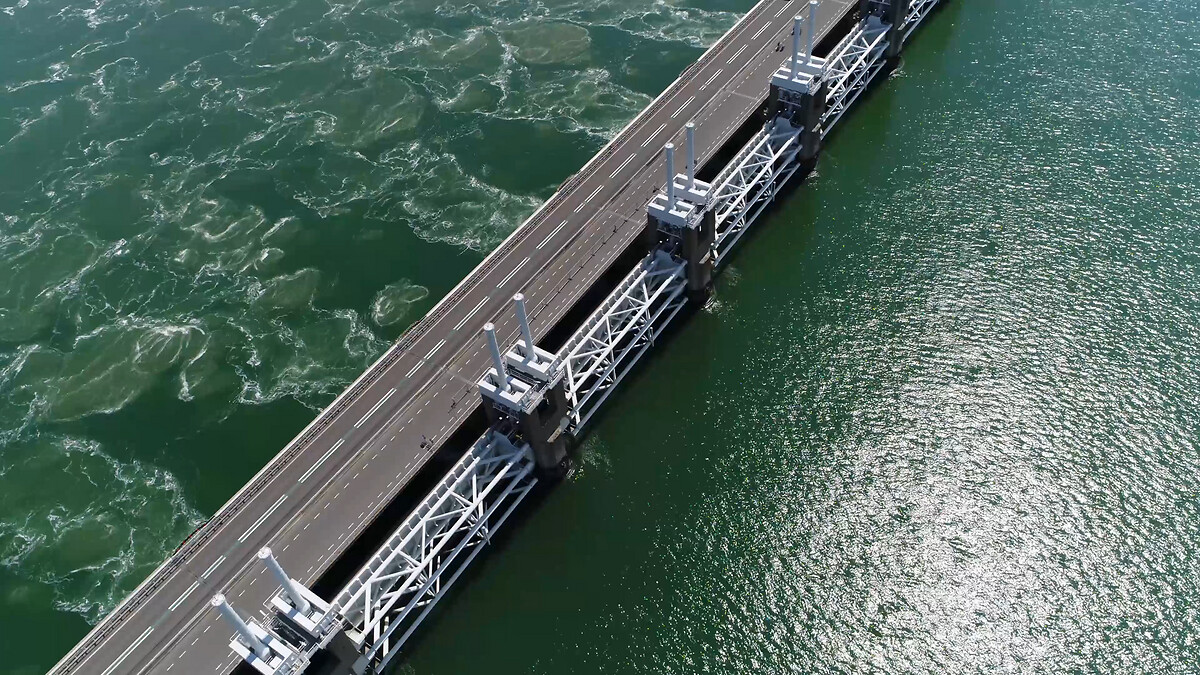> Tags: Climate resilience, Communication, Planning
> Theme: Climate change
> Countries: Estonia, Japan, Mexico
> Last updated: 04 June 2020
Download PDFPolicy in practice
Early warning systems are an essential component of a policy response to mitigate the loss of life and property from coastal flooding. By providing timely information about hazards (water levels, wave heights) combined with knowledge about the coastal environment and topography, it is possible to facilitate the necessary evacuation of people and the implementation of any emergency flood defences. These systems are vital for risk communication not only before, but also during, an emergency.
Developments in climate modelling have resulted in more sophisticated coastal storm projections, which can accurately predict storm duration and intensity for up to around three days in advance. Nevertheless, the remaining considerable degree of uncertainty surrounding sea-level rise and storm surge trends emphasises the critical need to develop new coastal information systems.
The Estonian adaptation plan includes the objective of improving the country’s early warning and public information systems to better communicate information to vulnerable coastal residents. The aim is to increase residents’ hazard awareness, their ability to cope during emergencies and to teach them how to help others. Mexico has also set the objective of strengthening risk management through better communication and early warning systems, combined with local evacuation plans to respond to extreme coastal events.
The Japan Meteorological Agency has also updated and improved its criteria for storm-surge warnings, especially to homologise the communication of when evacuation is advisory or mandatory.
Key policy message
Robust early warning systems can help mitigate the loss of life and property from coastal flooding.



